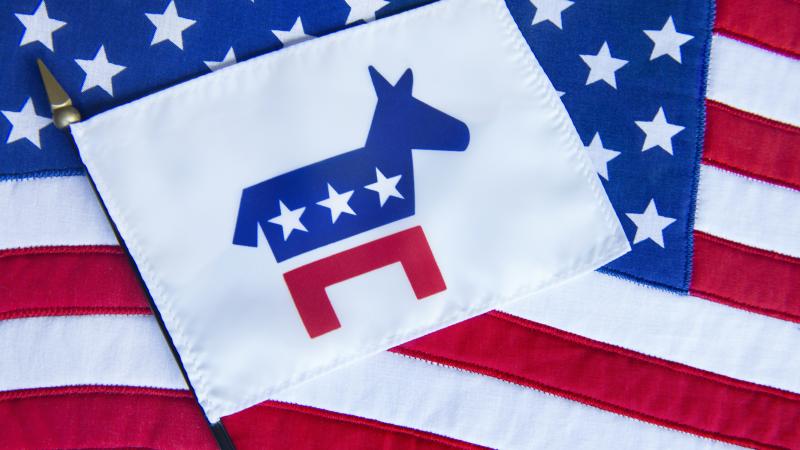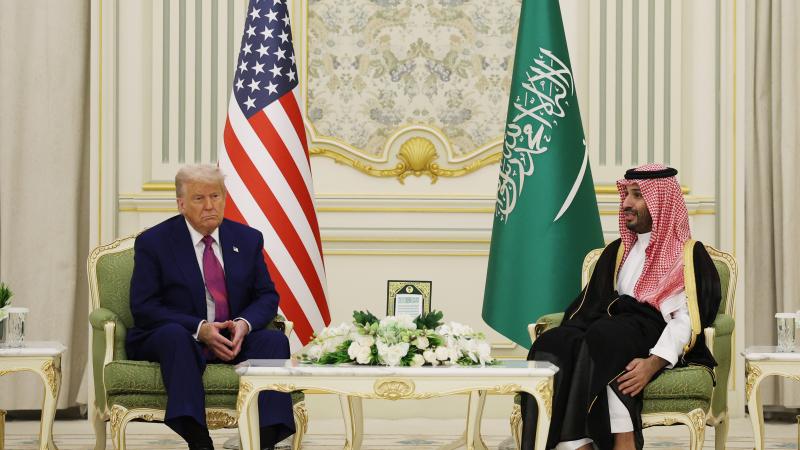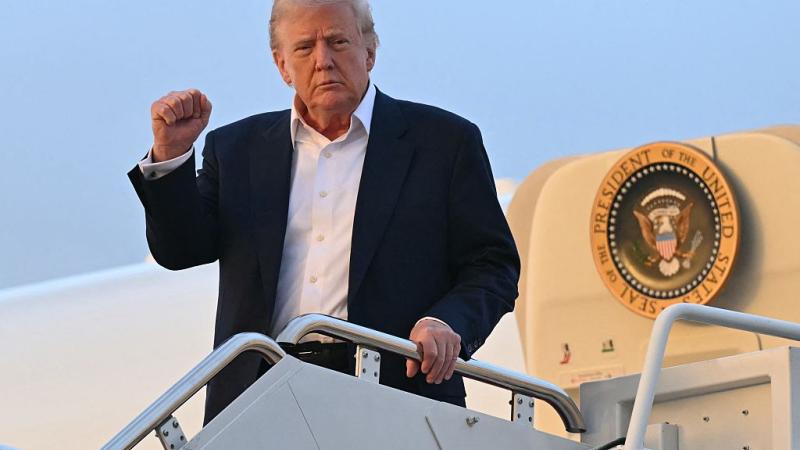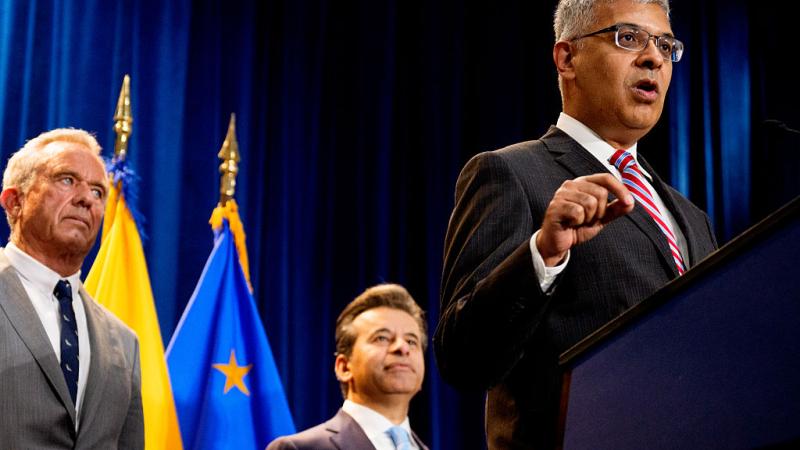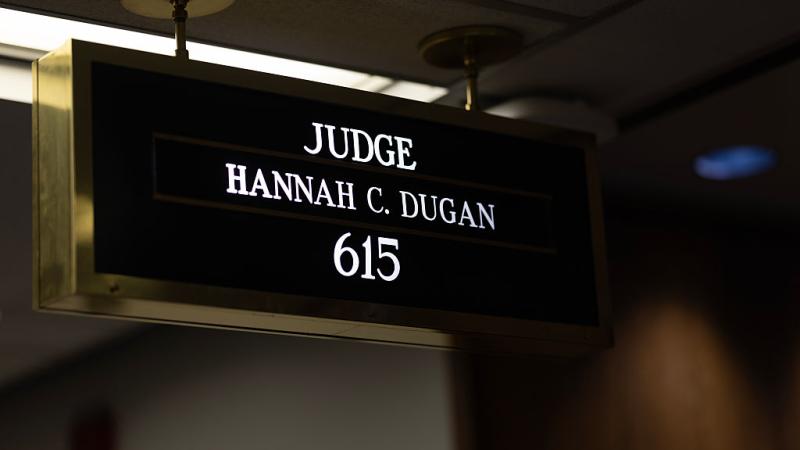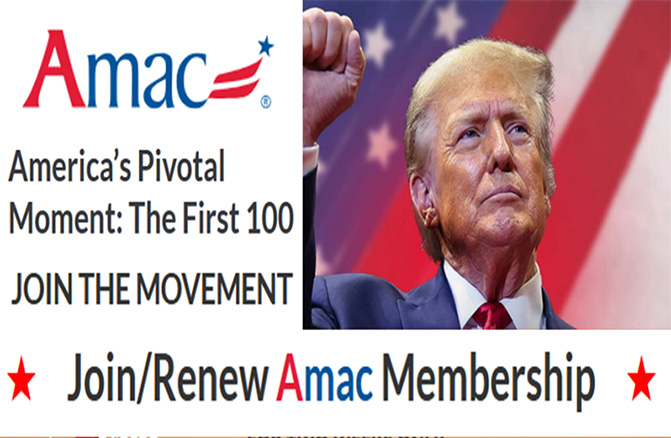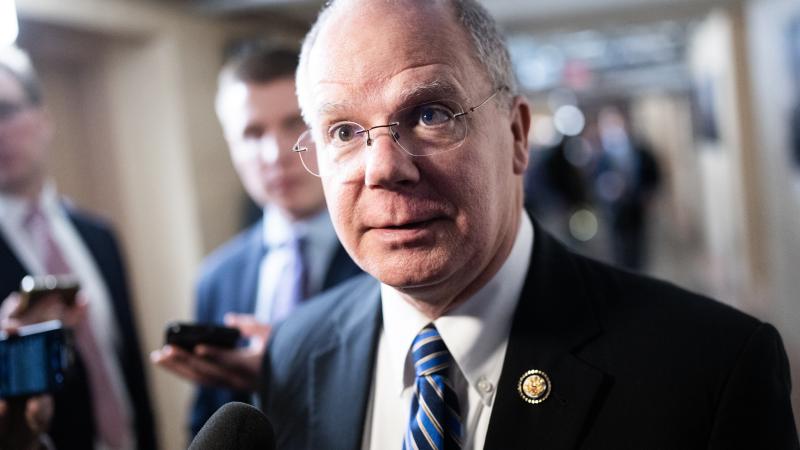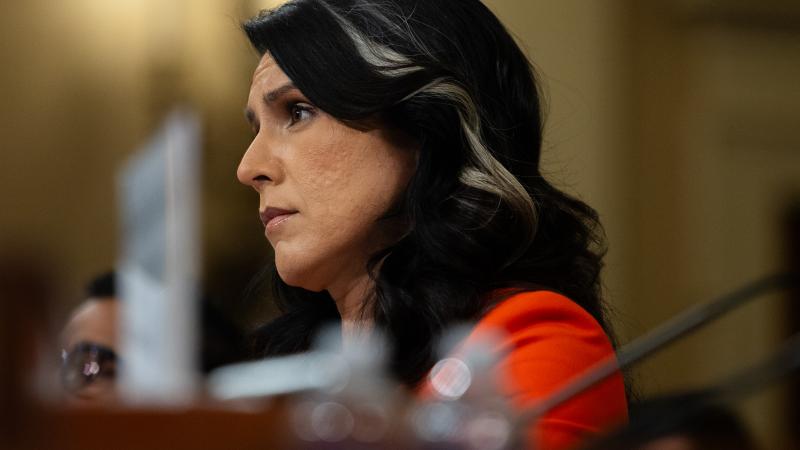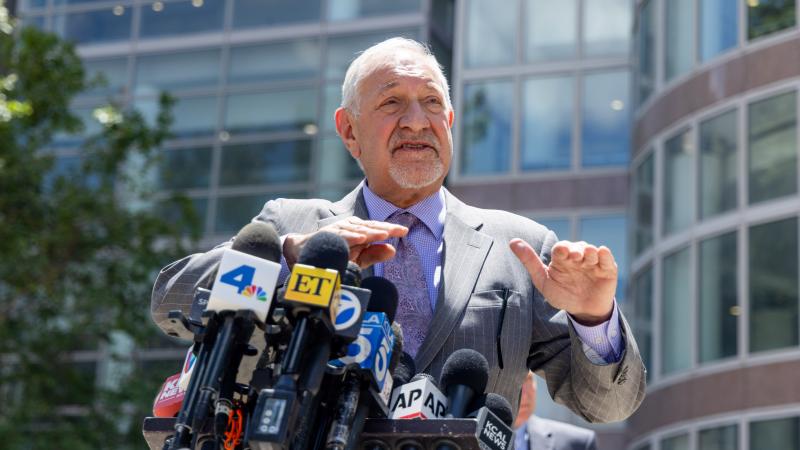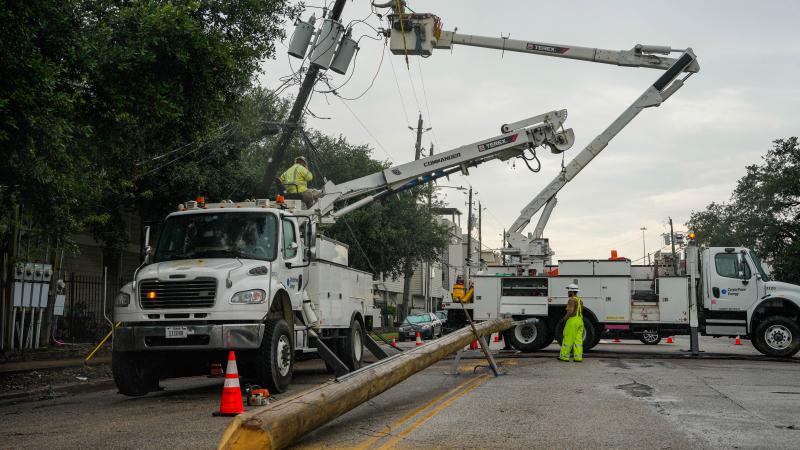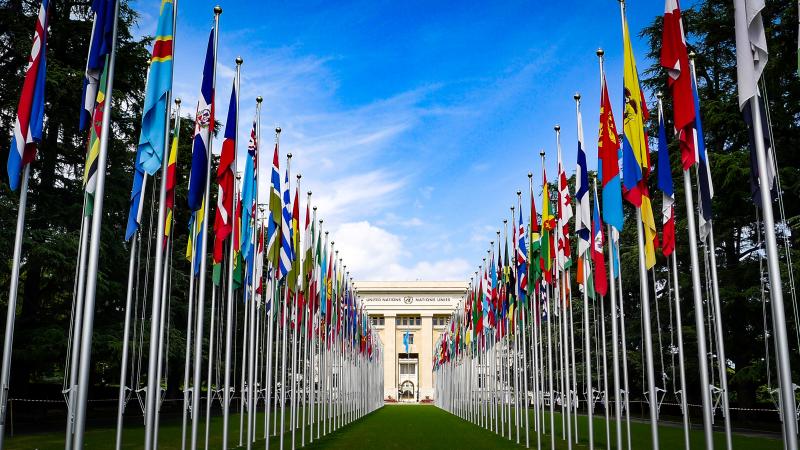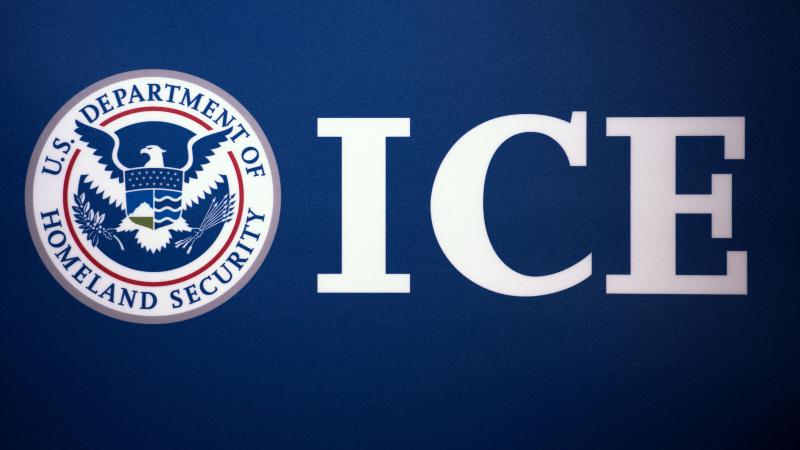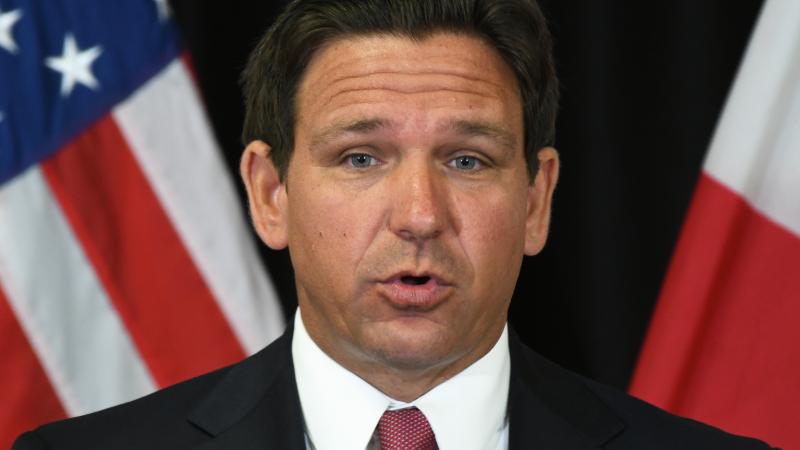Trump economy defies 'gloom and doom' expectations as he notches more key trade deals
The Spin and the Win: Opposition to Trump may have jumped the gun on the doom and gloom forecasts. Trump's string of deals and demands have moved markets to recovery. Major indices have since exceeded both their April 1 closes and predictions.
With April’s inflation report coming in below forecasts, the Trump economy appears to be defying analysts' and politicians' predictions of collapse in the wake of his “Liberation Day” tariffs and subsequent trade negotiations. As Trump adds more notches to his belt in deals with key trade partners, the stock market has rebounded to pre-tariff levels, even while many tariffs remain largely in place on major economies such as China and the UK.
In April of this year, former Treasury Secretary Janet Yellen said the developments of Trump's tariffs point to “a loss of confidence in U.S. economic policy” and called the tariffs “the worst self-inflicted policy wound I’ve ever seen in my career inflicted on our economy [...] they are “doing immense damage.”
Trump, on April 2, announced his “Liberation Day” tariffs on nearly every nation, imposing a “reciprocal” rate calibrated to address the American trade deficit with each nation. The tariffs far exceeded what analysts had expected, and the stock market was sent reeling for days. Trump himself reshared a video suggesting that he deliberately crashed the market to force an interest rate cut to allow the government to refinance its debt at a lower rate.
Bond markets bucked at the move and Trump ultimately announced a 90-day pause on most tariffs to pursue trade agreements, though he left in place a 10% baseline and kept China’s above 100%.
Markets gradually recovered, and major indices have since exceeded their April 1 closes. Boosting some of that movement have been trade deals with the United Kingdom and China, two of the biggest American trading partners. Both deals resulted in lower import tariffs on American goods and higher import tariffs on goods from those nations, marking net gains for the U.S. in Trump's bid to rebalance trade.
Read together, multiple indicators suggest that the Trump economy defied expectations and that the trade policies did not adversely damage the nation’s overall economic health. If the trend continues, Trump will have fulfilled what politicians call "dinner table" issues for millions of Americans.
Steady decline of inflation
Inflation fell to an annualized rate of 2.3% in April, down from the March figure of 2.4%. Analysts had expected it to hold steady. January’s inflation rate stood at 3.0%, and the figure has marked a steady decline since Trump took office.
Inflation reached a high of 9.1% in July 2022 in the wake of the Russian invasion of Ukraine and the issue was a leading factor in driving down President Joe Biden’s approval rating in subsequent years. Trump campaigned extensively on the issue, saying he would bring inflation down through energy production.
"Inflation eased after Trump's 'Liberation Day' tariffs, defying fears" an ABC News headline said in early May, and also noted a skeptical perspective from Federal Reserve Chair Jerome Powell, saying before the rollback of tariffs on China, who said the economy remains in "solid shape" but warned Trump's tariff policy could cause higher inflation and an economic slowdown.
U.S. equities markets optimistic
The Dow Jones Industrial Average (DJIA) closed on April 1 at 41,989.96. On May 13, that index closed at 42,140.43. That represents a 5.40% increase year-to-date.
Similarly, the Nasdaq closed Tuesday with a better gain record than the DJIA, with yesterday's closing at 19,010.08, up from the historical 17,449.89 close on April 1. The aggregate of that exchange saw a win of an 8.94% increase on the year.
The S&P 500, for its part, made more modest gains on the year. That exchange closed at 5,886.55, up from the April 1 close of 5,633.07, showing a 4.4% increase,
CNBC reported this week that markets were optimistic of a “Trump put”, with CFRA chief investment strategist Sam Stovall saying “[t]here is optimism floating out there amongst the icebergs of uncertainty that the president won’t let this get out of hand and throw us into a recession.”
United Kingdom deal and special relationship with U.S.
After more than a month of negotiations, Trump confirmed last week that he had reached an agreement on trade with the United Kingdom, marking the first substantive deal since Liberation Day.
"The agreement with the United Kingdom is a full and comprehensive one that will cement the relationship between the United States and the United Kingdom for many years to come," Trump said on Truth Social ahead of the formal agreement.
The agreement left in place the 10% reciprocal tariff and subjected imported vehicles from the UK to a 25% tariff after the first 100,000. In 2024, UK automakers only exported 106,000 cars to the United States. In turn, the UK lowered its tariff rates on U.S. goods from 5.1% to 1.8%.
UK Prime Minister Sir Keir Starmer made a phone cameo at the announcement, saying "there are no two countries that are closer than our two countries that now we take this into new and important territory by adding trade and the economy to the closeness of our relationship."
The China challenge
The most aggressive — and widely reported — trade standoff came with China, as Trump left high tariffs in place even as he paused those on most other nations for 90 days. Boosting market sentiment, this week Beijing and Washington reached an agreement to substantially lower their tariffs, with the U.S. setting its rate at 30% for imported Chinese goods and the Chinese dropping theirs to 10%.
“This initiative aligns with the expectations of producers and consumers in both countries and serves the interests of both nations as well as the common interests of the world,” the Chinese Commerce Ministry said in a statement republished by PBS. PBS added that "The ministry called the agreement an important step for the resolution of the two countries’ differences and said it lays the foundation for further cooperation."
“The consensus from both delegations this weekend is neither side wants a decoupling,” Treasury Secretary Scott Bessent said at the time. “And what had occurred with these very high tariffs ... was an embargo, the equivalent of an embargo. And neither side wants that. We do want trade.”
Other signals for optimism
Trump on Tuesday signed an agreement with the Kingdom of Saudi Arabia and secured $600 billion in investment pledges during his trip to that nation.
Another possible indicator of economic vibrancy is the pace of U.S. vacation travel. The American Automobile Association (AAA) this year expects a record 45.1 million Americans to travel for Memorial Day, according to a press release. The organization also predicted a 2% hike in air travel over the weekend.
Since January 2025, the U.S. economy has also steadily added jobs, including a gain of 143,000 in January and 177,000 in April. The unemployment rate has remained steady at 4.2%, with the Department of Labor reporting that the economy added 177,000 jobs in defiance of expectations. In March, the economy added 228,000 jobs.
Bloomberg News reported that JPMorgan Chase & Co. on Tuesday dropped its recession call for 2025, saying “[t]he administration’s recent dialing down of some of the more draconian tariffs placed on China should reduce the risk that the US economy slips into recession this year.” JPMorgan's Chief US Economist Michael Feroli was optimistic but guarded, saying “We believe recession risks are still elevated, but now below 50%.”
The Facts Inside Our Reporter's Notebook
Links
- predictions of collapse
- Janet Yellen said
- reshared a video
- annualized rate of 2.3%
- Januaryâs inflation rate
- Dow Jones Industrial Average
- Nasdaq closed
- S&P 500
- CNBC reported
- Trump said
- 10% reciprocal tariff
- only exported 106,000 cars
- lowered its tariff rates
- Sir Keir Starmer
- reached an agreement
- widely reported
- $600 billion
- USA Today reported
- Department of Labor reporting
- JPMorgan Chase & Co.
